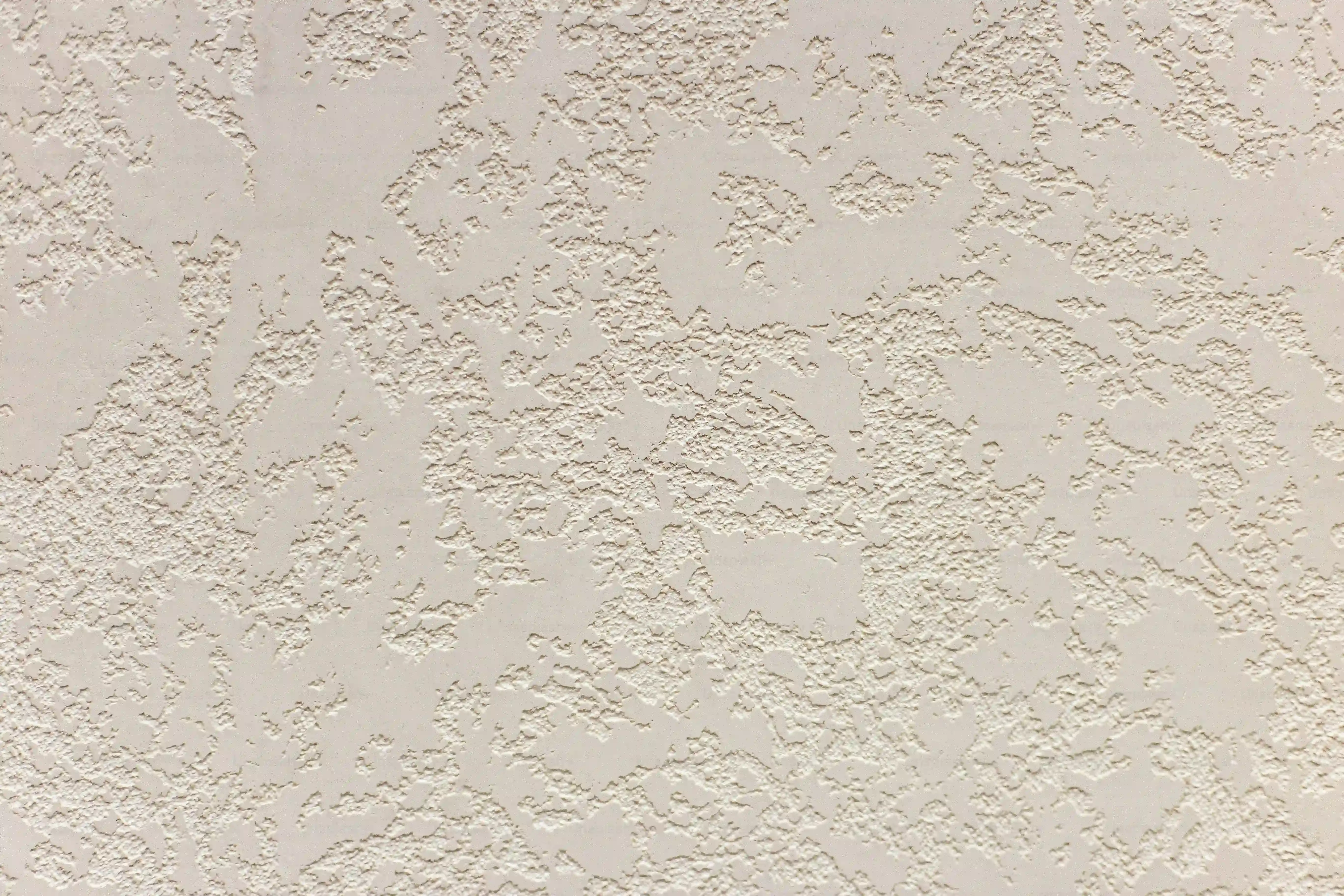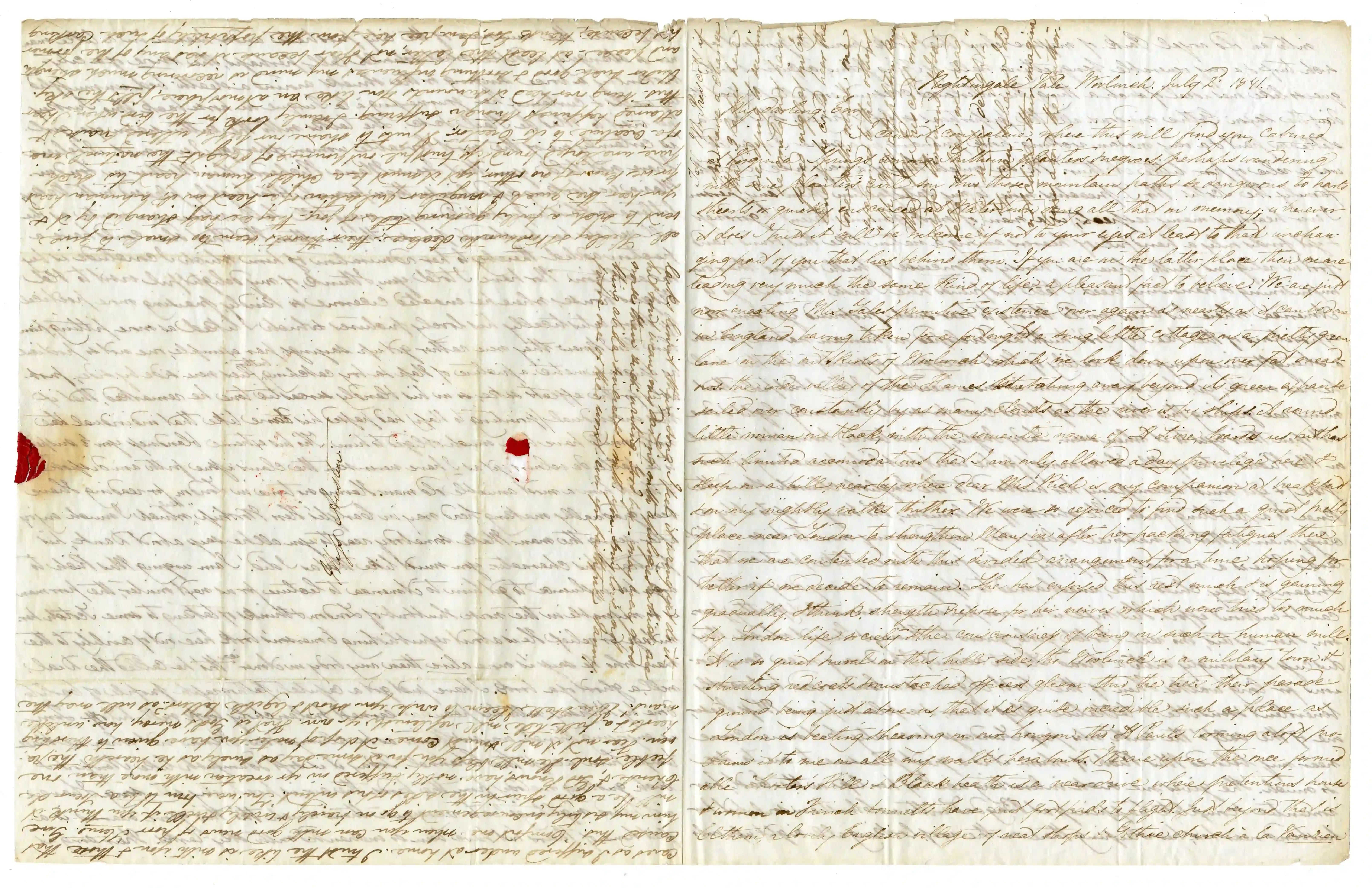Table of Contents
Introduction
Thinking about adding some drama to a room but a full black wall feels like a commitment you're not ready for? Maybe the idea of a dark color makes the space feel too small, or perhaps you just can't decide which wall gets the full moody treatment. Enter the **half black accent wall**. It's the design move that says, "I'm bold, but I also appreciate balance." It's less 'cave dwelling' and more 'chic gallery'. This isn't just a fleeting trend; it's a smart way to add depth, define zones, and inject personality without overwhelming the space. So, how do you pull it off without it looking like you ran out of paint? This article cuts through the noise to give you the practical steps and creative ideas you need. We'll tackle why this look works, where in your room it makes the most sense, the actual painting process (it's not rocket science, promise), how to style the rest of your space to complement that striking black line, and even some cool twists on the basic concept. If you've been scrolling through Pinterest boards, wondering if you can actually do this, stick around. We're breaking it down so you can make that **half black accent wall** happen.
Why a Half Black Accent Wall? More Than Just a Trend

Why a Half Black Accent Wall? More Than Just a Trend
Let's be honest, the idea of painting a wall black can feel a bit...final. Like you're committing to a design choice that screams "teenager's bedroom" or "goth lair." But a **half black accent wall**? That's a different beast entirely. It's not just some fleeting Pinterest fad; it's a strategic design tool. It draws the eye without swallowing the room whole. It creates a visual anchor, making other elements in the space pop. Think of it as the sophisticated older sibling to the full accent wall – it adds drama and depth, sure, but it also introduces a layer of architectural interest and often makes the ceiling feel higher. It’s a way to play with dark, rich color, define a specific area like a reading nook or desk space, and add a graphic punch that feels modern and intentional, not just like you spilled paint and decided to roll with it.
Still wondering if it's right for your space?
- Does your room feel a bit flat or lacking a focal point?
- Are you drawn to bold colors but nervous about commitment?
- Do you want to make a specific piece of furniture or art stand out?
Planning Your Perfect Half Black Accent Wall Placement

Planning Your Perfect Half Black Accent Wall Placement
Picking the Right Wall for Your Statement
Alright, you're sold on the idea of a half black accent wall. Great. Now comes the slightly less thrilling but crucial part: figuring out which wall gets the privilege. You can't just randomly pick one like it's a dartboard. The ideal wall is usually the one you want to draw attention to – the one behind your sofa, the one behind your bed, maybe the wall where you plan to put a killer console table or a gallery wall. It should be a wall that can handle the visual weight. Avoid walls with too many doors or windows; you want a relatively clean canvas to let that sharp line shine. A wall that's already a natural focal point, like the one you see straight ahead when you walk into the room, is a prime candidate.
Finding the Perfect "Half" Height
This is where the "half" in half black accent wall gets interesting. There's no single magic number. The height depends entirely on the room, the furniture, and the vibe you're going for. A common choice is about one-third or two-thirds of the way up the wall, rather than a true 50/50 split, which can sometimes look a little awkward or unfinished. Think about the height of your furniture. If you're putting a bed or sofa against the wall, painting up to just above the headboard or sofa back creates a cool, layered effect. If you have architectural features like a chair rail or molding, you could align the paint line with that for a more integrated look. Don't just guess; hold a tape measure or even tape off a line with painter's tape to visualize it before you commit. Consider these factors when choosing your height:
- Height of existing furniture (sofa, bed, console table)
- Architectural features (chair rail, window height, door frames)
- Desired visual effect (making ceiling look taller, framing furniture)
- Overall room proportions (high ceilings vs. standard)
Considering Furniture and Light
Your furniture isn't just going to sit there passively; it needs to interact with your half black accent wall. Place key pieces against or near the painted section to make them pop. A lighter-colored sofa against the black lower half? Stunning contrast. A tall plant reaching up into the white upper half? Adds great vertical interest. Also, think about light. Does the wall get natural light? Black paint can absorb light, making the lower half feel cozier, maybe even a little moody, which is usually the point. But if the wall is in a dark corner already, consider if a half wall is enough to bring in that drama without making the corner feel like a black hole. Artificial lighting, like a lamp or sconce, can also dramatically change how the black looks, so plan for that too.
Painting Your Half Black Accent Wall: StepbyStep

Painting Your Half Black Accent Wall: StepbyStep
Painting Your Half Black Accent Wall: Step-by-Step
Alright, you've picked your wall, you've eyed up the perfect height, and you're ready to commit. Painting a **half black accent wall** isn't rocket science, but it does require a bit more precision than slapping paint on a full wall. The crisp line is the star here, so getting it right is crucial. First things first: prep work. This is the boring part nobody likes, but skipping it is like trying to build a house on sand. Clean the wall. Seriously, dust and grime are not friends of smooth paint. Fill any holes or cracks with spackle, sand them smooth, and wipe away the dust. Lay down drop cloths. Protect your floors and furniture from inevitable drips. Trust me on this; black paint finds a way to get everywhere. Here's what you'll need before you even open a paint can:
- High-quality painter's tape (the good stuff that seals well)
- Measuring tape and a level
- Pencil
- Drop cloths or old sheets
- Spackle and putty knife (if needed)
- Sandpaper (fine grit)
- Clean rags
- Primer (especially if painting over a dark color or if the wall is new drywall)
- Black paint (choose your sheen – more on that later)
- Paint tray
- Angled brush (for cutting in)
- Paint roller and roller cover (appropriate nap for your wall texture)
Once your wall is prepped and smooth, it's time to mark that critical line for your **half black accent wall**. Measure up from the floor on both sides of the wall to your desired height. Use a level and a pencil to lightly draw a straight, level line connecting these two points across the wall. Now, apply your high-quality painter's tape precisely along the pencil line. Make sure the tape is on the side that *won't* be painted black – this is key. Press the tape down firmly, especially along the edge where the paint will meet the tape, to create a tight seal. You can even run a credit card or your fingernail along the edge to ensure it's really stuck down and prevent bleed-through. "Measure twice, tape once, paint once." - A slightly modified but highly relevant saying for this project. Now, if your wall is currently a dark color or you're dealing with bare drywall, a coat of primer is a smart move. It helps the black paint adhere better and often means you'll need fewer coats of the more expensive black paint. Let the primer dry completely according to the manufacturer's instructions. Once dry, it's time for the main event. Using your angled brush, carefully paint along the edge of the painter's tape. This is called "cutting in." Don't overload your brush; a steady hand and thin coats are better than thick, drippy messes. After you've cut in along the tape line and into the corners and edges of the lower section, switch to your roller to fill in the main area below the tape line. Roll the paint evenly, working in sections. You'll likely need at least two coats of black paint to get a solid, opaque finish, maybe even three depending on the color you're covering and the quality of your paint. Let each coat dry completely before applying the next. This is crucial. Patience is a virtue in painting, and rushing will only lead to frustration and a patchy looking **half black accent wall**. Once your final coat is applied and is still slightly wet (check the paint can for recommended removal time, but generally within an hour or two of the last coat), carefully peel off the painter's tape at a 45-degree angle. Pulling it off while the paint is still a bit wet helps ensure that crisp line and prevents the paint from peeling with the tape. Step back and admire your sharp line!
Styling Your Space Around a Half Black Accent Wall

Styling Your Space Around a Half Black Accent Wall
you've got that crisp line, the deep black paint is looking sharp, and now the fun part begins: making the rest of the room sing with your new **half black accent wall**. Think of the black section not just as a painted wall, but as a stage. What furniture, art, or accessories will truly pop against that dramatic backdrop? Lighter colors, especially crisp whites, creams, and grays, create striking contrast. Metals like brass, gold, or even brushed nickel look incredibly sophisticated against black. You can also lean into texture – a chunky knit throw, a velvet cushion, or a piece of raw wood furniture will add tactile interest and keep the space from feeling flat. Don't be afraid to use vibrant colors elsewhere in the room; a bold piece of art or a colorful rug can really come alive next to the black. The key is balance; let the half black wall be the anchor, and layer in pieces that complement its depth and sophistication without competing for attention.
Variations on the Half Black Accent Wall Theme

Variations on the Half Black Accent Wall Theme
Adding Texture or Trim to the Black
so you've mastered the basic **half black accent wall**. Feeling a little restless? Like maybe that perfectly crisp line is just *too* simple? Good. Because the half black concept is just the starting point. You can mess with it in all sorts of interesting ways. Instead of just flat black paint, consider adding some texture. Maybe a limewash or a Venetian plaster effect on the lower black half for a bit of old-world depth. Or, go graphic. Think board and batten or simple picture frame molding added to the black section. This gives it a more architectural, built-in feel, elevating it beyond just a painted stripe. It adds shadow lines and visual interest, making the black feel even richer and more intentional. It takes a simple paint job and makes it look like custom millwork, without the custom millwork price tag. Pretty slick, right?
Flipping the Script or Adding Color
Who says the bottom half *has* to be black? Or that the top has to be white? You could flip it – black on top, a lighter color below. This can feel a bit more dramatic, drawing the eye upwards. Or, ditch the white entirely for the upper portion. Pair the black lower half with a bold color on top – mustard yellow, emerald green, deep teal. This creates a truly vibrant, high-contrast look. Another variation? Don't just paint the line. Use wallpaper on one half, paint on the other. A bold geometric print or a subtle texture above or below the black paint adds another layer of personality. The point is, once you have the concept of dividing the wall horizontally, the possibilities open up. Don't feel confined to the classic black and white split if your style leans more adventurous. Consider these twists for your half black accent wall:
- Apply textured paint (limewash, plaster) to the black section.
- Add board and batten or molding over the black paint.
- Reverse the colors: black on the top half, color below.
- Pair the black half with a bold color on the other half (e.g., black and mustard).
- Use wallpaper on one half and paint on the other.
- Create a scalloped or geometric dividing line instead of straight.
Making Your Half Black Accent Wall a Reality
So there you have it. The **half black accent wall** isn't some mythical design feat reserved for magazine spreads. It's a perfectly achievable project that adds a serious dose of style, depth, and personality to your room without drowning it in darkness. You've considered the 'why', figured out the 'where', got the lowdown on the 'how-to', and even thought about the 'what next' for styling. It's a relatively low-risk way to experiment with a bold color and create a focal point that feels both modern and grounded. Stop second-guessing and grab a can of paint. Your walls (or at least half of one) will thank you.
